
I’m sure you’ve heard about a low carb diet by now. It’s based on the idea that modern eating patterns are filled with processed foods and refined carbs. Such eating has just got worse over time. After all, we’ve all been told to eat less fat. Doing so does mean that we get much of our energy from carbs instead. To improve health, we now need to make the opposite shift and focus on the best low carb foods instead.
There’s much debate about the best way to do this. Some people focus on a keto diet, which involves cutting carb intake way down. By doing so, you can stop your body from relying on carbs for energy and switch to fat as an energy source instead. Following a keto diet could have many benefits, like helping you to lose weight, improving your cognition, and keeping you healthier overall.
Keto diets are incredibly popular, but they can also be challenging. One problem is that you need to modify many recipes to keep the carb content low enough. Keto cookbooks can make this process much easier. You can even turn to keto meal delivery services.
Of course, keto isn’t your only option. You could follow a less restrictive low carb diet. You might even just replace a few high carb foods with low carb options. Even just decreasing your carb intake a little could help.
Because of the variation in approaches, this list is focusing on low carb foods that can be used on a keto diet. That way the foods can be enjoyed regardless of the type of low carb diet that you follow.
Besides, as you’ll see from this list, many low carb foods are packed with nutrients and healthy fats. They’re often linked to a variety of health benefits too, like lowering stress, decreasing disease risk, or improving mental health.
The Best Low Carb Foods
Eggs

Eggs are often a go-to food for low carb and keto dieters, especially for starting the day right with a healthy breakfast. Not only are they very low in carbs, but they’re also a nutritional powerhouse. Seriously, you see all kinds of important nutrients in eggs, including choline, vitamin D, folate, and iron. Some of these aren’t that common in other foods.
The protein in eggs is important too. This is what makes them filling and is the reason they’re a good choice first thing in the morning.
Eggs are also one of those healthy foods that many of us happen to love. They’re versatile too. You can use them in many different recipes or cook them on their own. Eggs cook quickly with little hassle, which is just what you need if you’re hungry and stressed.
Avocados

Avocados are famous as a source of healthy fats and they crop up all the time on low carb diets. They’re even more perfect if you’re following a keto diet, as the macronutrient balance helps to keep you on track.
Besides, what’s not to love about avocados? They’re delicious, creamy, and versatile.
You can even get creative with them, like baking an avocado in the oven with an egg and some bacon in the hole or baking pieces of avocado wrapped in bacon. Don’t forget about avocado-based dips either. These are fantastic when served with vegetables or low carb crackers.
Fish

Fish is almost carb free, so it’s an ideal low carb diet choice. Fish is also well-known as a source of heart-healthy omega-3 fatty acids. These fatty acids are crucial for helping you to stay healthy. They may even decrease disease risk and promote a longer life.
When you’re choosing fish, there are a few main areas to consider. It’s worth thinking about the omega-3 content, the amount of mercury, and how the fish was sourced.
Let’s start with omega-3. Fatty fish, like salmon, tuna, and sardines contain a decent amount of omega-3 fatty acids. On the other hand, lean fish like cod doesn’t contain that much omega-3.
Mercury content varies among fish species too. Salmon and sardines are fantastic choices here, as they’re both pretty low in mercury and are a decent source of fatty acids too.
Finally, there’s how the fish was sourced. You might end up with wild-caught fish or fish that has been farmed instead. Wild fish is often healthier and may be good for the environment too, if the fishing practices are sustainable.
Of course, wild caught fish is often more expensive. Don’t stress if farmed fish is all you can afford. You’ll still get many benefits from farmed fish.
Shellfish

Experts often talk about having two servings of fish a week, but fish isn’t your only option. Shellfish offer similar benefits, as they’re decent sources of protein and contain omega-3 fatty acids.
Sometimes you’ll even get more omega-3 fatty acids per serving with shellfish than with regular fish (depending on the type of each that you choose). Mussels, scallops, and crabs are all particularly good choices for omega-3.
However, the carb content of shellfish does vary. Shrimp and most crabs contain barely any carbs. Options like clams, mussels, and octopus contain between 3 and 4 grams of carbs per serving. These carb amounts are low, so you could easily fit shellfish into your low carb diet.
Beef

Most types of meat contain barely any carbs. This is why you see them feature so heavily on low carb and keto diets.
Beef is one of the most popular options, as it is rich in protein and nutrients.
You can find some high-quality beef these days too, including grass-fed beef. Giving the cattle a different diet like this changes the nutrient composition of the meat, giving you a healthier product. Of course, grass-fed beef costs more than other types of beef, so you’ll need to decide whether it is worth the price.
Keto dieters often focus on fatty cuts of meat. This works well, as fat is your main source of energy on a keto diet, so you want to keep your fat intake up. If you’re following a regular low carb diet instead, you might want leaner cuts of meat. After all, fat is high in calories.
Watch out for organ meats, like beef liver. These are still low in carbs, but they contain more carbs than regular cuts of meat.
Don’t forget that you’re not limited to steak either. Other cuts of beef are low in carbs too, including minced beef.
Some Nuts

Nuts have some serious advantages. Their high protein content makes them satisfying and they also contain many important nutrients. They’re easy-to-eat too, so they’re an ideal snack food.
However, if you’re cutting down carbs, some nuts are better than others. Pecans and Brazil nuts are the best two options, followed closely by macadamia nuts.
Other nuts fall in the middle, including hazelnuts, walnuts, and almonds. These may be worth including in your diet sometimes, as they’ve all been linked to health benefits. Besides, you don’t need to use a large amount of them at a time. Even a small serving could be helpful.
In fact, low carb dieters often use almonds in the form of almond flour. This flour is a powerful alternative to wheat flour, as it is low in carbs and has a neutral flavor.
Cashew nuts and pistachio nuts, on the other hand, aren’t nearly as good for carbs.
Other Red Meats

Other types of meat offer similar advantages to beef, including being rich in protein and nutrients, while containing no carbs. Lamb is an especially good choice, as it’s easy to find grass-fed lamb.
You can turn to game meats too. These often have a distinct ‘gamey’ flavor that doesn’t appeal to everyone. Still, you can bury this flavor somewhat by choosing the right recipe.
The nutrient balance does vary from one type of red meat to the next. This isn’t a problem though. It’s even an appealing feature if you’re including multiple types of meat in your diet.
Red meat is controversial. There’s no denying that. Many people feel that vegetarian or vegan diets are much healthier, and that red meat consumption is linked to cancer and other health risks. The research on that topic is too involved to go into here, but the answer about red meat certainly isn’t clear-cut.
After all, red meat has been a part of our diet for a long time and many people who eat red meat regularly appear to thrive. The best approach may be to moderate your red meat intake, rather than cutting it out. After all, there are many non-meat sources of protein too, including some that are low in carbs.
Pork

We can’t leave pork out of the discussion. It’s controversial too, partly because pork is sometimes seen as a ‘dirty’ type of meat. Still, there’s no denying that It’s delicious. Plus, the nutrient composition of pork gives it many of the advantages that you see with beef.
There’s actually another reason for eating beef, pork, and poultry too. Meat provides you with a complete source of protein. This means you’re getting all the amino acids that your body needs and cannot make itself. In contrast, plant-based sources of protein are often low in one or more of the essential amino acids.
Bacon is a low carb food too, but it is also processed, so it doesn’t have the same advantages as regular cuts of meat. You can still enjoy bacon on a low carb diet – and many people do. Still, it’s important to moderate your intake.
Poultry

We can’t forget about white meat either, including chicken and turkey. Chicken is actually one of the most widely used types of meat. This isn’t too surprising, as chicken has a mild flavor, is easy to prepare, and can be fairly inexpensive.
Chicken breast is also lean, making it an excellent weight loss choice.
Of course, low carb dieters often aren’t looking for lean cuts of meat. This is why many will focus on chicken wings and chicken thighs, rather than breast meat.
The best choice for you will depend on the type of low carb diet you’re following. If you’re simply trying to cut down your carb intake, chicken breast might be perfect. If you’re trying to replace carbs with fat, then you’ll need the fattier cuts of chicken.
Spinach

Many of the best low carb foods offer plenty of fat and protein, but this isn’t always the case. Plenty of vegetables are low in carbs too. We can’t underestimate the importance of vegetables either, as they’re nutrient powerhouses and also offer a variety of plant-based compounds.
Dark leafy greens are especially important. Spinach is one of the most famous examples. That’s partly because it can be inexpensive and easy-to-find, but also because spinach is a fantastic choice for nutrients. You get a decent amount of vitamin A, vitamin K, iron, calcium, and folic acid.
Spinach does have a serious limitation too. It’s high in oxalates, more so than most other vegetables. Oxalates can contribute to kidney stones. If you’ve had a kidney stone in the past or are at risk for them, it’s best to avoid spinach.
Other Leafy Greens

Thankfully, other types of leafy green vegetables work well on a low carb diet too. For example, lettuce often has around 2 net grams of carbs in an 100-gram serving, while cabbage and kale each have 3 net grams of carbs for the same serving size.
People on a fairly strict low carb diet will need to check the carb figure for each type of vegetable before using it, as some can have more carbs than you might expect.
Cauliflower

Cauliflower is a popular low carb choice for multiple reasons. The first is obvious – the vegetable is very low in carbs. You only get a few net grams of carbs in a cup of cooked cauliflower.
There are some useful nutrients present too, like various B vitamins and vitamin C. Plus, cauliflower falls into the cruciferous vegetable family. These vegetables are consistently linked to improved health, so you’d be foolish to ignore them.
We haven’t even got to the best part yet. Cauliflower’s versatility is mostly why it is so popular for low carb and keto dieters. Making cauliflower rice is one trick. You can use this as a direct substitute for rice or in a recipe to create something else. For example, cauliflower rice is sometimes used to create low carb pizza bases.
There are other options too, like using pieces of cauliflower to create an alternative to buffalo chicken wings or even mac and cheese.
Broccoli

Broccoli is another cruciferous vegetable. It has a stronger flavor than cauliflower, so it can’t be used in such a diverse range of recipes. Still, there’s plenty you can do with broccoli. You can even eat it raw as part of a salad, in case you don’t feel like cooking it.
As for carbs, you’re looking at around 4 net grams of carbs in a 100 gram serving. This isn’t too bad for a vegetable that’s as nutritious as broccoli.
Cheese

Dairy is often controversial. There are sometimes concerns that it is linked to inflammation or simply that drinking milk from another animal is unnatural.
There’s even plenty of debate about dairy among low carb and keto dieters. Many of them do eat dairy regularly and you’ll see countless dairy-heavy keto recipes. Still, other low carb dieters feel the cons of dairy outweigh the pros.
Yet, dairy has its fair share of advantages too. Just look at all the nutrients it contains, not to mention the way that dairy is a source of quality protein. So, if you can digest dairy, why not eat it regularly?
As is often the case, the decision comes down to you. If you’re can digest dairy and enjoy it, it is an easy addition to your diet. If not, there are plenty of non-dairy foods to rely on instead.
For those who are eating dairy, cheese is a delicious choice. It seems to make any meal taste better and be eaten just as easily on its own. There are plenty of types to try too, including soft and hard cheeses.
While most cheese is an easy low carb addition, you should still pay attention to the ingredients label. Some products are heavily processed and use various additives. Sometimes this means that they’re higher in carbs than you might expect.
Beans

Beans can be a part of a low carb diet, although you’ll need to be careful with them. Despite their decent fiber and protein content, there are digestible carbs present too.
The amount of carbs varies dramatically depending on the type that you choose. Green beans and black soybeans are the best choices. Of course, you’ll use these in different situations, as green beans are generally cooked like a vegetable, while black soybeans are used like most other types of beans.
Black soybeans are nutritious. Still, as their name suggests, they’re a type of soybean. Soybeans are controversial due to concerns about their effects on hormones and the antinutrients they contain.
Other types of beans are higher in carbs. You’ll often see more than 20 grams of net carbs in a cup serving of black beans. Of course, baked beans contain sugar as well. That’s far too high for a keto diet. If you’re on a less strict low carb diet, then you could fit some beans in from time-to-time.
Don’t forget that beans are a fantastic source of nutrients. They also contain complex carbs, rather than the simple carbs that you find in white bread and pasta. Complex carbs have been linked to health benefits. So, if you do include carbs in your diet, complex options like beans are the way to go.
Heavy Cream

For those that do tolerate dairy, heavy cream is a popular ingredient. It’s a useful way to balance one’s macronutrient intake, as it is low in carbs and protein, but high in fat.
The main limitation is that cream contains saturated fat.
Saturated fat has long been seen as incredibly unhealthy. It’s been linked an increase in heart disease risk, to poor health outcomes, and to obesity. The focus on cutting down fat, particularly saturated fat, is one reason that modern diets are so high in carbs.
There’s been growing interest in an alternative view, which argues that saturated fat isn’t inherently bad. Some studies even suggest that while saturated fat consumption increases some of the risk factors for heart disease, it doesn’t affect the rate of heart disease.
Right now, there’s still much that we don’t know. This is a complex field to research and results are often contradictory.
It’s also simplistic to consider individual foods as healthy or unhealthy. The different components of our diets, our genetics, and our lifestyle all interact with one another. The advantages and disadvantages of saturated fat are strongly influenced by what saturated fat is replacing in your diet.
So, in the end, each person will need to decide for themselves. If a low carb recipe calls for heavy cream, there are plenty of substitutes if you are trying to avoid it.
Because there are so many gaps in our knowledge, it’s probably best to have saturated fat in moderation. We know very little about the effects of eating high amounts of saturated fat in the long-term. It’s much better to stick to a varied diet instead.
Tomatoes

Tomatoes might be a type of fruit, but they’re savory rather than sweet. This means that you can include them on a low carb diet, especially if you keep an eye on the portion size.
This is fantastic, as tomatoes do offer many advantages. In addition to their nutrients, they provide plenty of antioxidants, including one known as lycopene. Tomatoes are a surprisingly good source of vitamin C too, which is a useful feature, as many other vitamin C rich foods are fruit and tend to be higher in carbs.
Olives

Olives are surprisingly high in fat and fiber. That combination is just what you need on a low carb diet. You’re getting the same compounds that make olive oil healthy, just in a different form.
It’s worth talking a little about the fat in olives. Most of this fat is monounsaturated. That type of fat is very healthy. It’s been linked to decreased inflammation and increased levels of healthy cholesterol.
One of the fats is oleic acid. You might have heard of it before. Oleic acid is the main fatty acid in olive oil. It’s thought to help health in a variety of ways.
Foods like olives are critical on a low carb diet, as it’s easy to overdo it with saturated fats. And, while saturated fats might not be as bad for you as we once thought, eating large quantities of them regularly probably isn’t a great plan.
Strawberries and Raspberries

Fruit tends to be fairly high in carbs, making it a poor choice for low carb dieters. However, fruit does have benefits, including the antioxidants and other plant-based compounds that are present. Because of this, it’s still important to have some fruit in your diet.
Strawberries and raspberries are some of your best choices, as they’re both low in carbs. They contain a decent amount of fiber.
Raspberries can be fun too, as they have a sharp flavor. You don’t need to add many raspberries to make a recipe taste amazing. You can often even use raspberries from frozen too.
Other types of berries can fit into a low carb diet too. How well they work will depend on how low you’re trying to keep your carbs and your serving size. Still, you often don’t need many berries to flavor your food, so they can work well.
Chia Seeds

You probably already know about chia seeds. Their popularity as a health food is insane.
It’s easy to see why too, as the tiny little seeds are packed with nutrients, including plenty of fiber. Using them is as simple as scattering a handful across a meal. Making chia pudding is another option. This relies on a type of milk (generally plant-based milk), along with at least one flavoring ingredient. Other healthy ingredients might be added in too, like berries or cacao powder.
On a low carb diet, you might focus on almond milk, coconut milk, or macadamia nut milk. Regular cow’s milk contains too many carbs, but you might turn to half-and-half or even cream.
Chia seeds might look like they’re high in carbs on some lists. They are in one sense, as they contain plenty of fiber and fiber is a type of carb. However, our bodies don’t digest fiber. This is why low carb dieters often focus on net carbs rather than total carbs. Because of their high fiber content, chia seeds do end up being low in net carbs, so most low carb dieters can eat them regularly.
Bell Peppers

Bell peppers aren’t as low in carbs as many other vegetables, but don’t write them off just yet. After all, bell peppers are fantastic sources of antioxidants. You even get more vitamin C with bell peppers than with oranges. That’s a powerful feature, as oranges aren’t low in carbs at all.
While bell peppers all have a similar nutrient balance, they do vary in their flavor and carb content. Green bell peppers are the least sweet, so it’s not surprising that their carb content is lower too. Red peppers contain more carbs than green ones, while yellow peppers are higher in carbs again.
If you’re on a flexible low carb diet, then you should be able to enjoy bell peppers without a problem. If you’re following keto instead, you’ll need to be more careful, as bell peppers are on the high side for keto. You can still have them, but you might need to stick to small portions.
Other Above Ground Vegetables

As a general rule, above ground vegetables tend to be low in carbs. This includes the examples we’ve already talked about, along with options like asparagus, cucumber, zucchini, and brussels sprouts.
You might notice an interesting pattern here – most low carb vegetables are green. Peppers, tomatoes, and cauliflower are exceptions to that rule. But, you can reasonably assume that if a vegetable is green and grows above the ground, then it will be low in carbs.
Onions

Onions are a type of below ground vegetable. Vegetables in this category tend to be higher in carbs. However some, like onions, are still viable on a low carb diet. You might even still eat onions on a keto diet, as you’re generally not eating a large amount at a time.
Some Yogurt

Yogurt is one of those foods that can be healthy or unhealthy depending on the product you choose. Many commercial yogurts are high in sugar and rely on a variety of additives. Sometimes their nutritional profile isn’t much better than a candy bar.
There are some healthier options too, including Greek yogurt. This style of yogurt has been strained, which makes it thicker than regular yogurt and increases the protein content.
Plain Greek yogurt tends to be low in carbs, especially if you choose an unsweetened version. Don’t worry, you can always sweeten it yourself using a low carb sweetener. Full fat yogurt can be appealing too. This is often lower in carbs than other types of yogurt but, once again, you’ll need to keep an eye on the nutritional yogurt.
Don’t forget that yogurt can be a source of probiotics too. These beneficial microbes help with the bacteria in our gut and they can promote is a variety of ways.
Butter (and Ghee)

Butter has a historically poor reputation, largely due to its saturated fat content. Still, it’s a very low carb choice and is less processed than most other cooking oils. Butter has an amazing flavor too.
Finally, butter also provides some of the nutrients that you see in other dairy products, including calcium and vitamin A.
With all these advantages, it’s easy to see why butter is making a comeback. If you’re not convinced (and many people aren’t), why not add a little butter into your diet and see how you go?
There’s also ghee, which is clarified butter. It can be better than butter for cooking, as it has a higher smoke point. It’s also lactose free, making it a good choice for anyone with lactose intolerance.
Butter and ghee taste similar, but ghee has a slight nutty flavor, so it can alter some dishes. You’ll need to experiment for yourself to work out which one you prefer.
Coconut Oil

Coconut oil is another interesting fat that features heavily on low carb diets. Like butter, coconut oil mostly contains saturated fat. However, some of these saturated fats fall into the category of medium chain triglycerides (MCTs). Our bodies may process MCTs differently than other types of fats, which could mean that MCTs provide health benefits.
Even so, coconut oil contains a lot of saturated fat and only some of this is in the MCT form. This suggests that even if you do eat coconut oil regularly, try not to go overboard.
The best approach might be to view coconut oil as part of a healthy diet, but not a health food in its own right.
Shirataki Noodles

We’ve mostly focused on whole foods for this list. Still, shirataki noodles are too interesting to ignore. They also go by the name konjac noodles or Miracle noodles.
They’re long, white, and look much like regular noodles. But, they contain hardly any digestible carbs. This is because the noodles are made from glucomannan, which is a fiber from the konjac plant.
The noodles end up being high in fiber and are surprisingly filling. They don’t have quite the same taste and texture as regular noodles. Still, they’re an easy low-carb alternative to noodles.
Mushrooms

It’s easy to forget mushrooms when talking about healthy food. That’s a shame really, as mushrooms have some distinct benefits. They’re often linked to a decrease in inflammation and they have antioxidant effects too.
There are plenty of ways to use mushrooms too, like chopping them up and including them in a meal or even just sautéing them on their own. Stuffing mushrooms is a fun approach too. This gives you some terrific finger foods for parties.
Dark Chocolate

If you want a low carb treat that doesn’t require much effort, then dark chocolate is the perfect choice. It provides an array of powerful polyphenols. These have antioxidant and anti-inflammatory effects and can help promote health benefits, such as by decreasing blood pressure and lowering heart disease risk.
You’ll need to choose the product well, as the carb content in dark chocolate can vary dramatically. Be wary of any product that doesn’t tell you the cocoa percentage, as some ‘dark chocolate’ brands might have less than 50% cocoa.
Ideally, you’re looking for chocolate that’s at least 70% cocoa. Upwards of 80% is better, as the product should contain more polyphenols and fewer additives.
Related Content
- Related: Low Carb Fast Foods
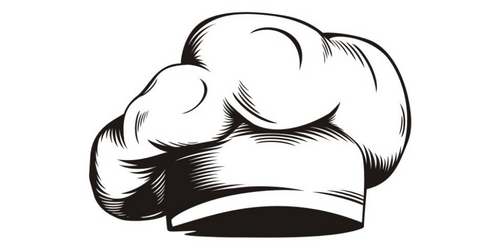
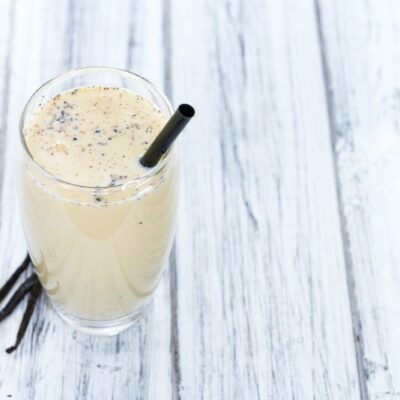
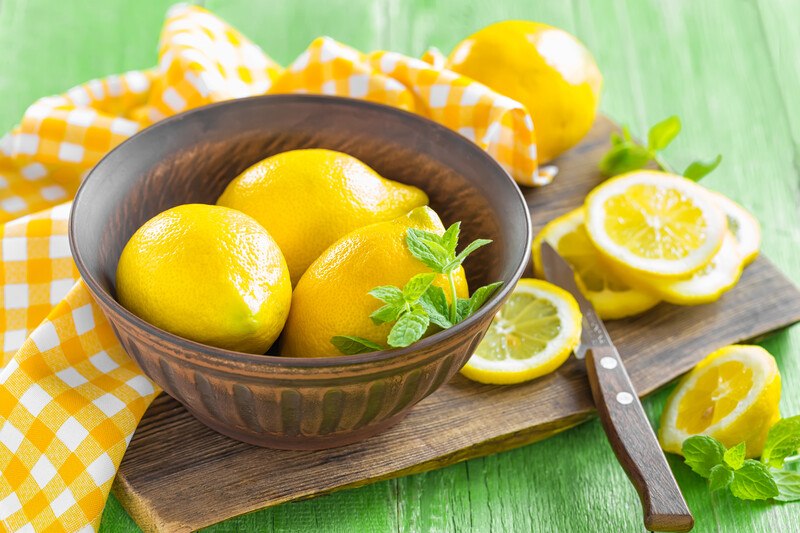
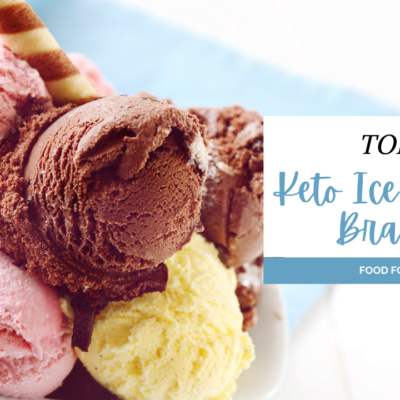
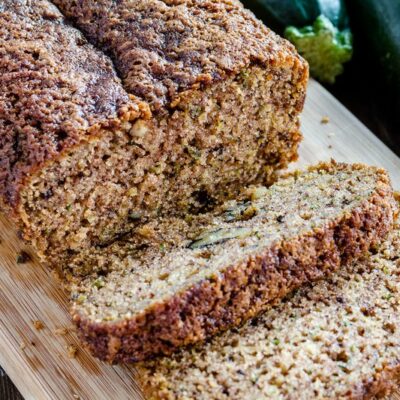
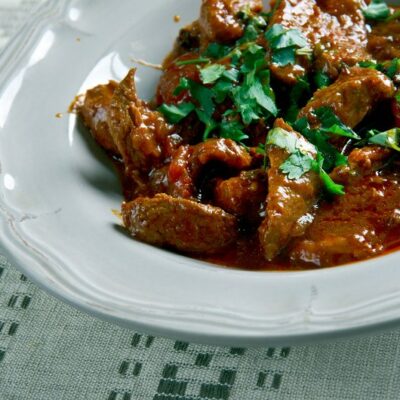
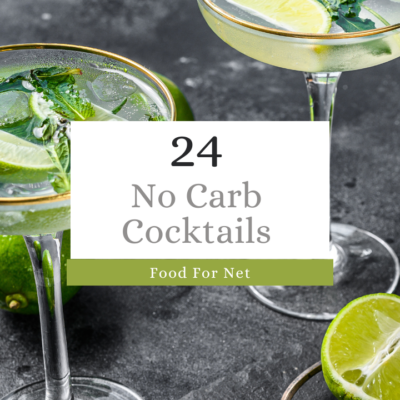
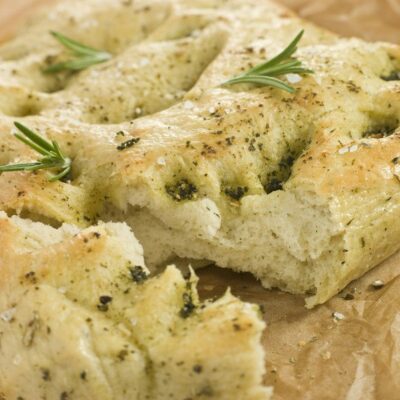
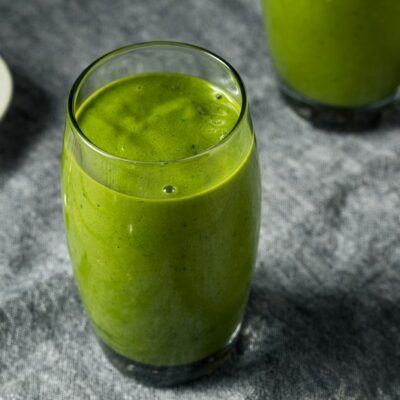
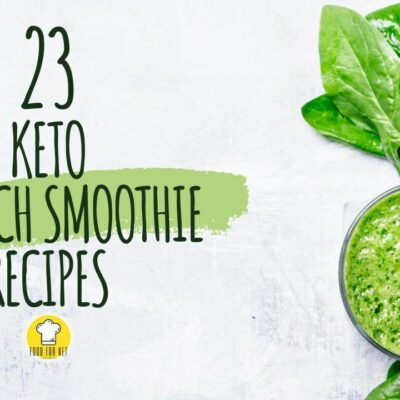
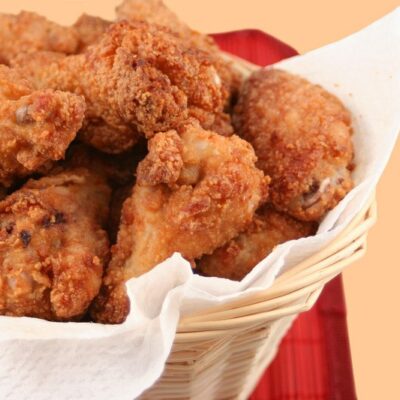
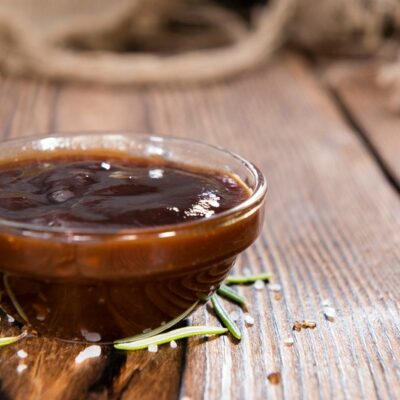

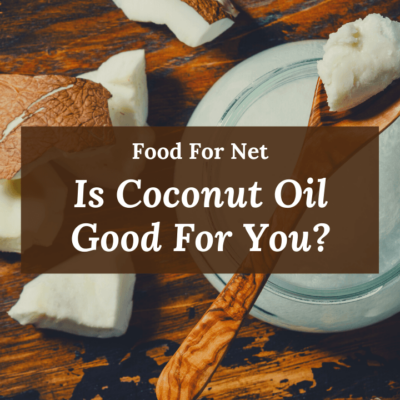
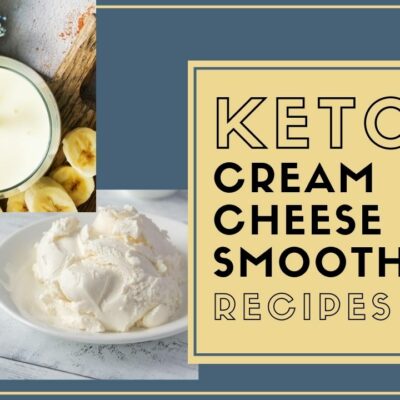
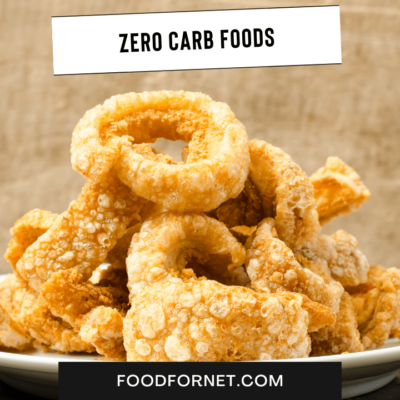
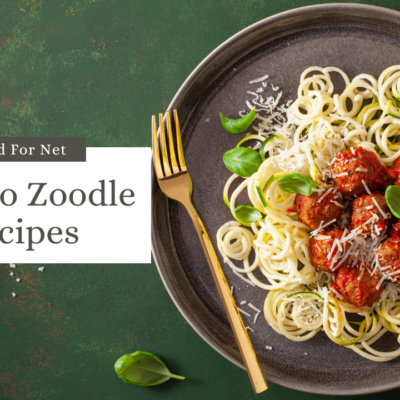
 Top 5 Subscription Boxes for Runners
Top 5 Subscription Boxes for Runners
Leave a Reply